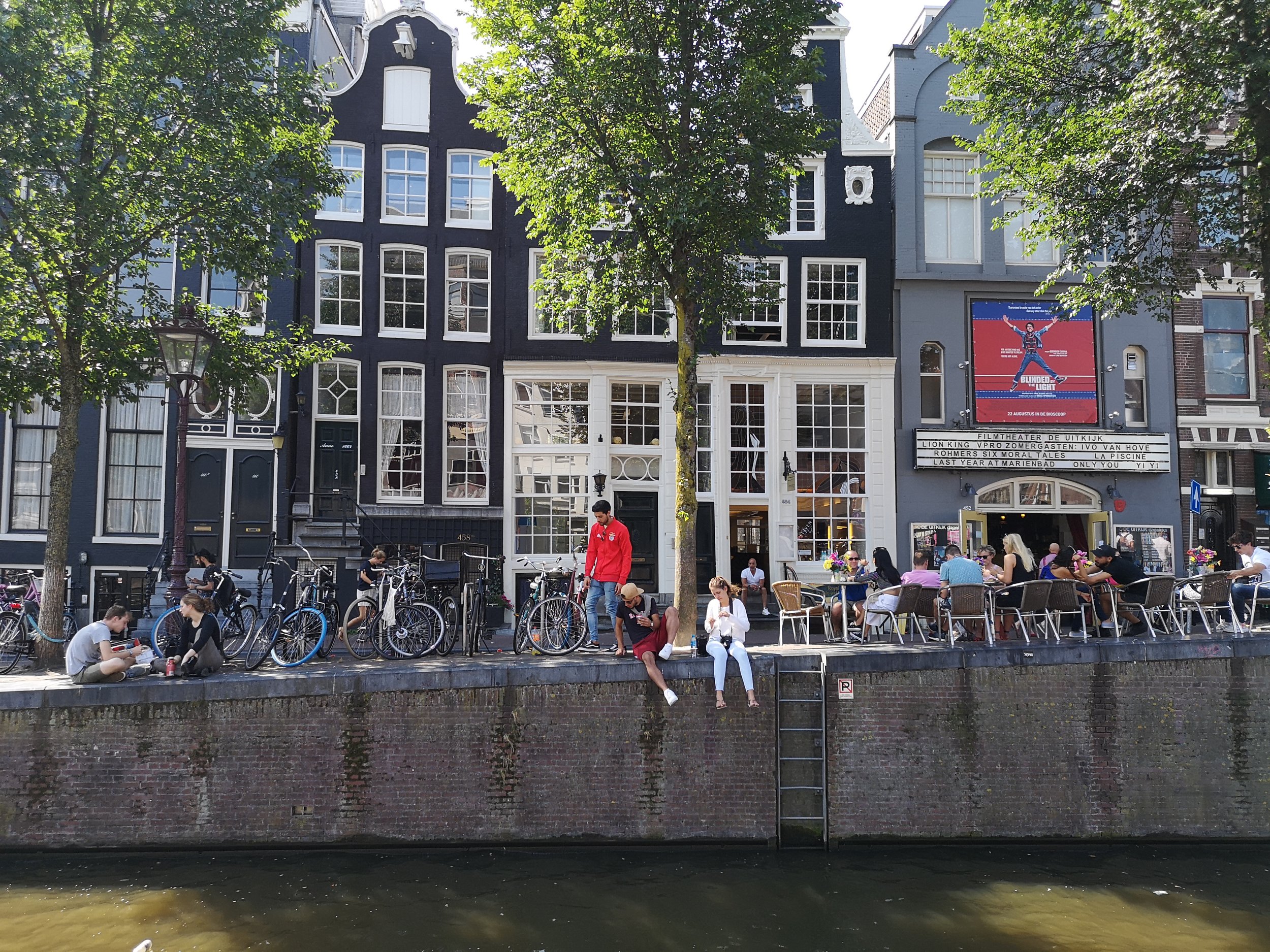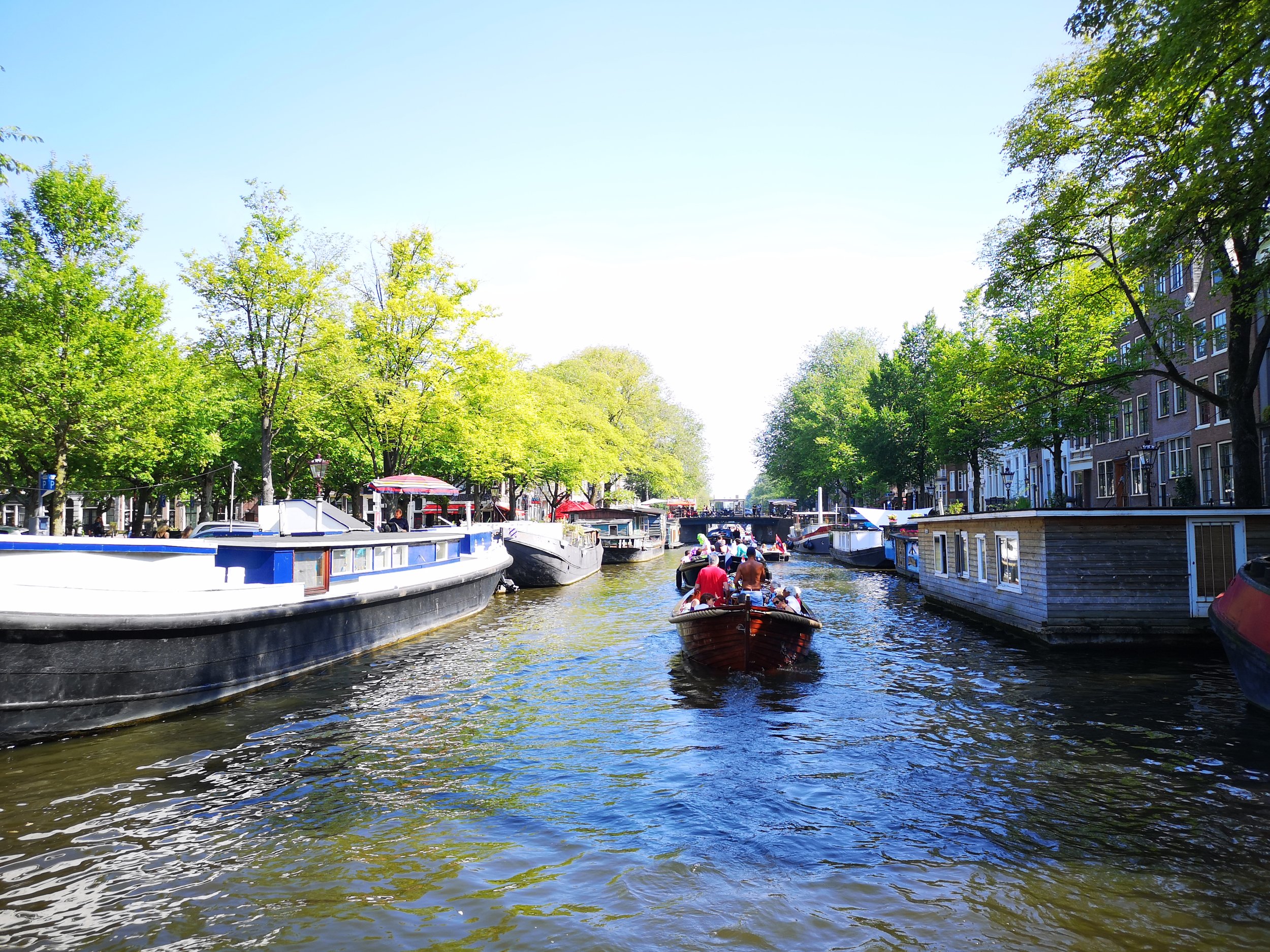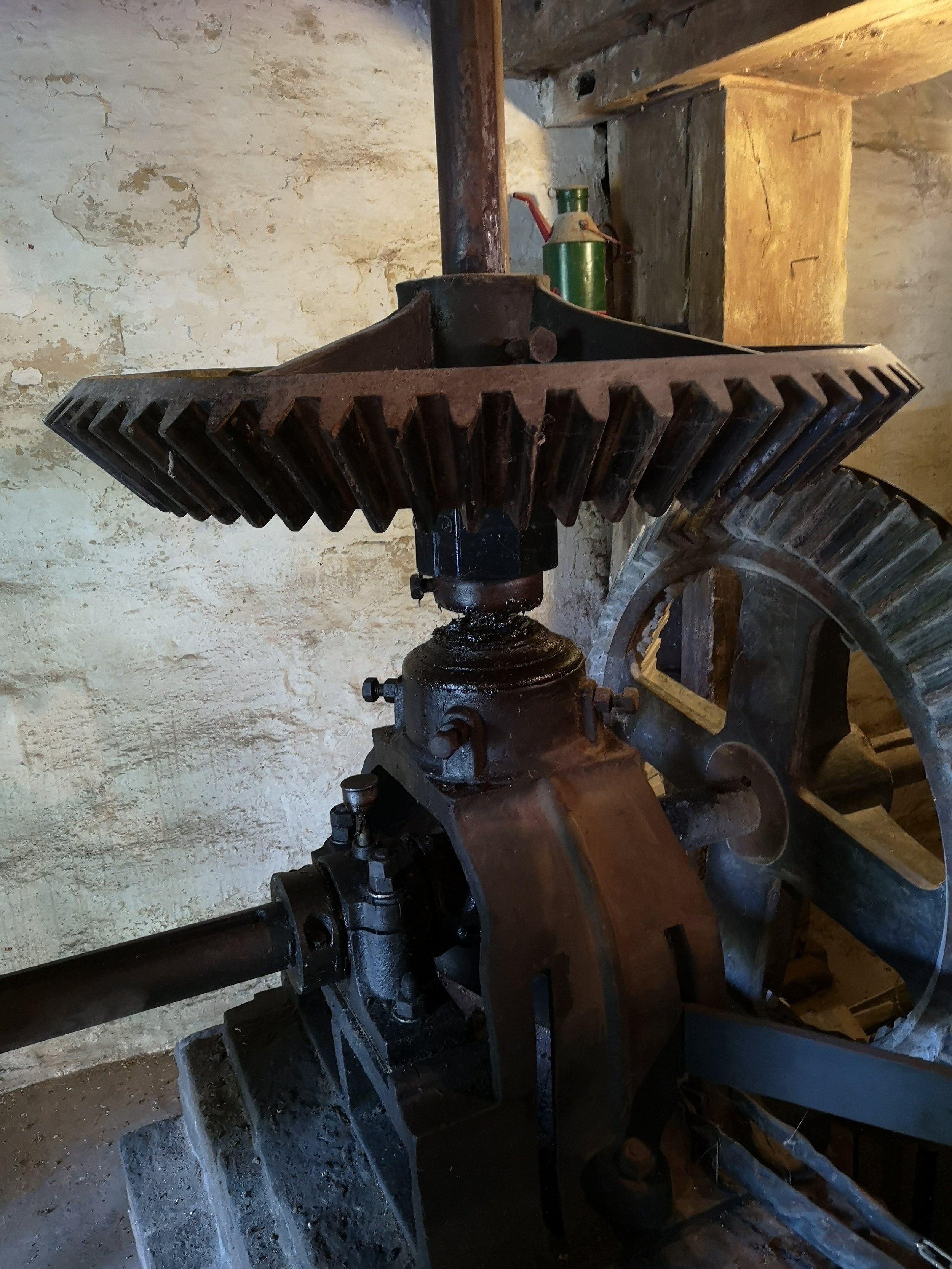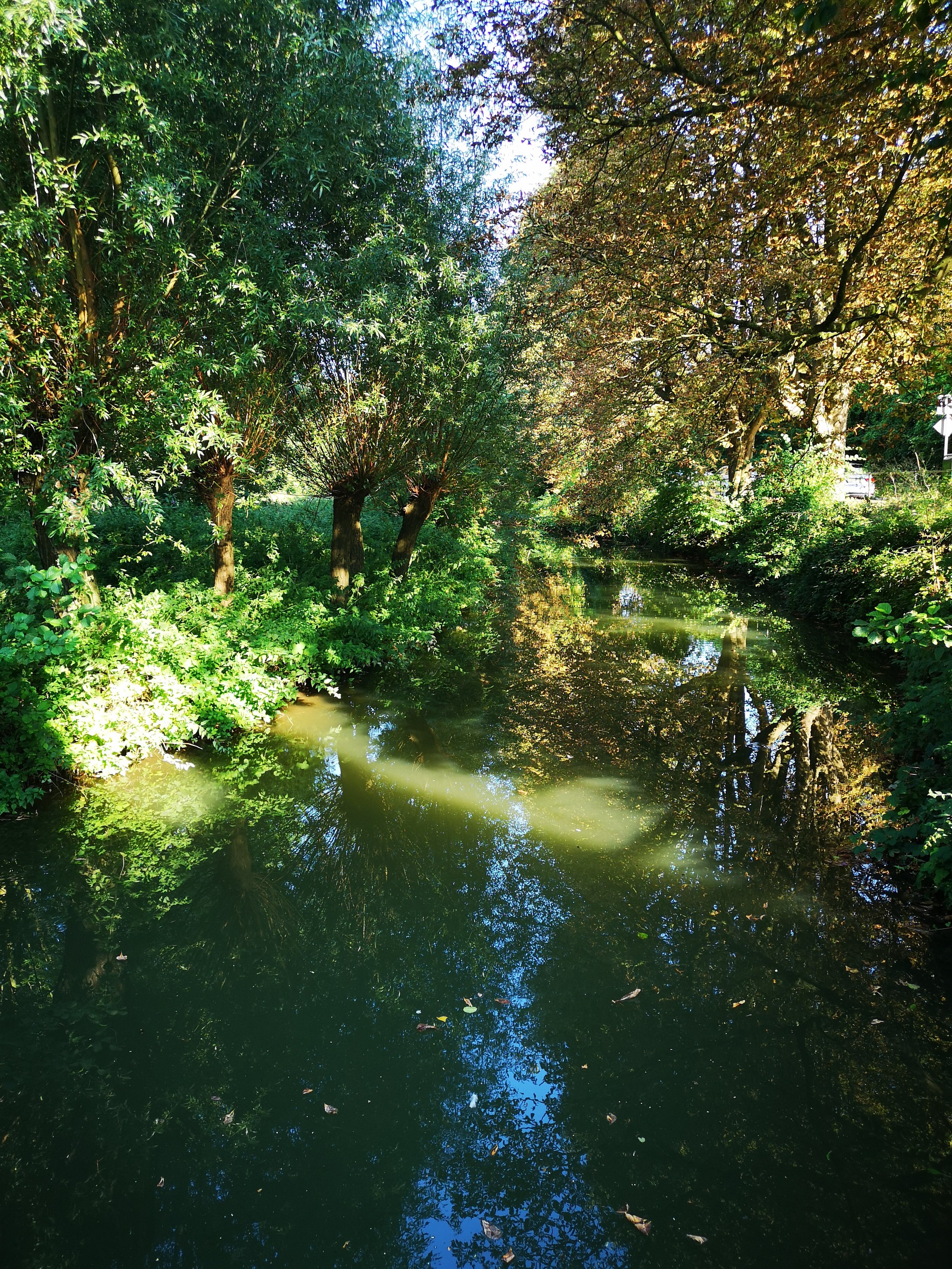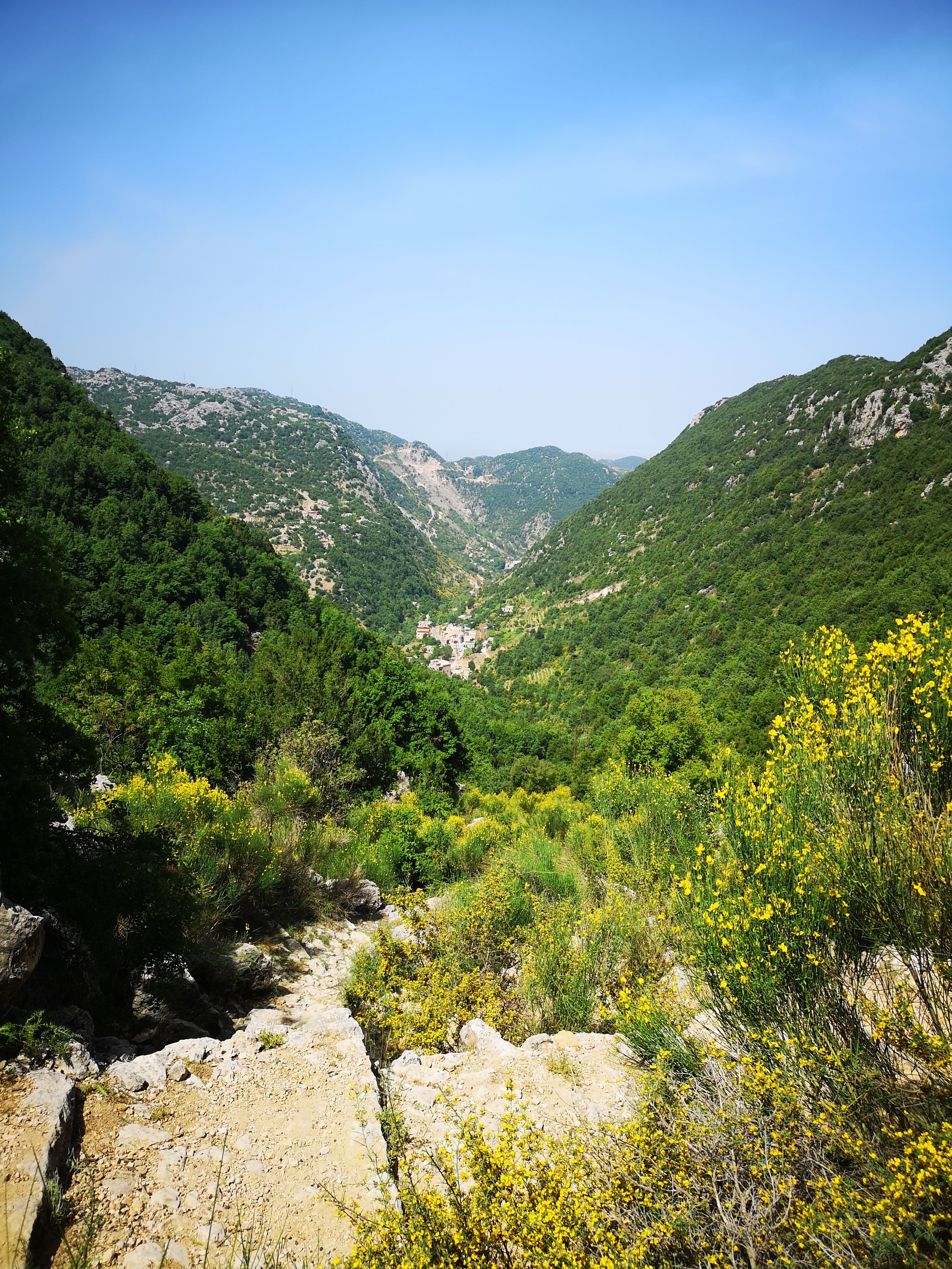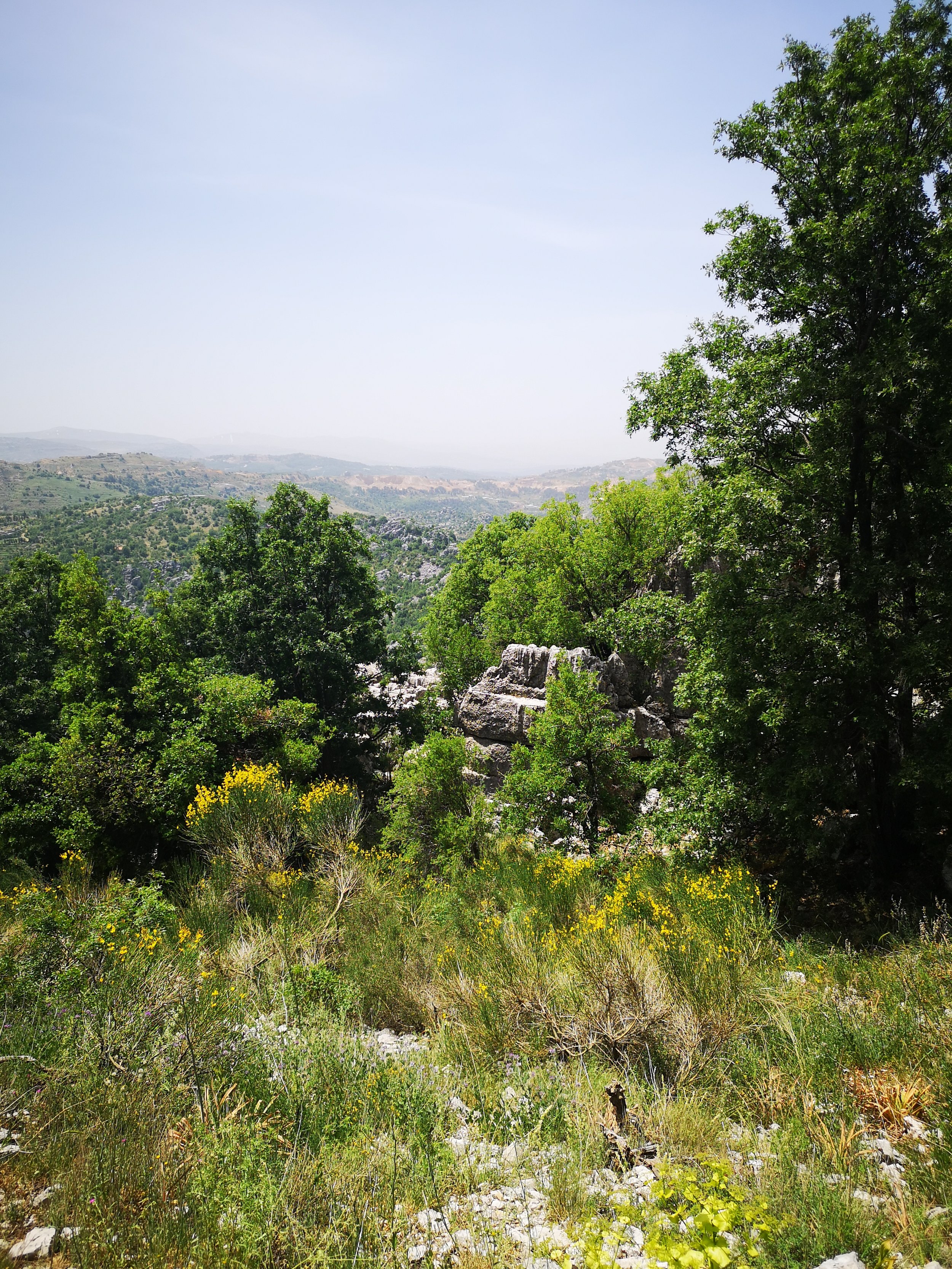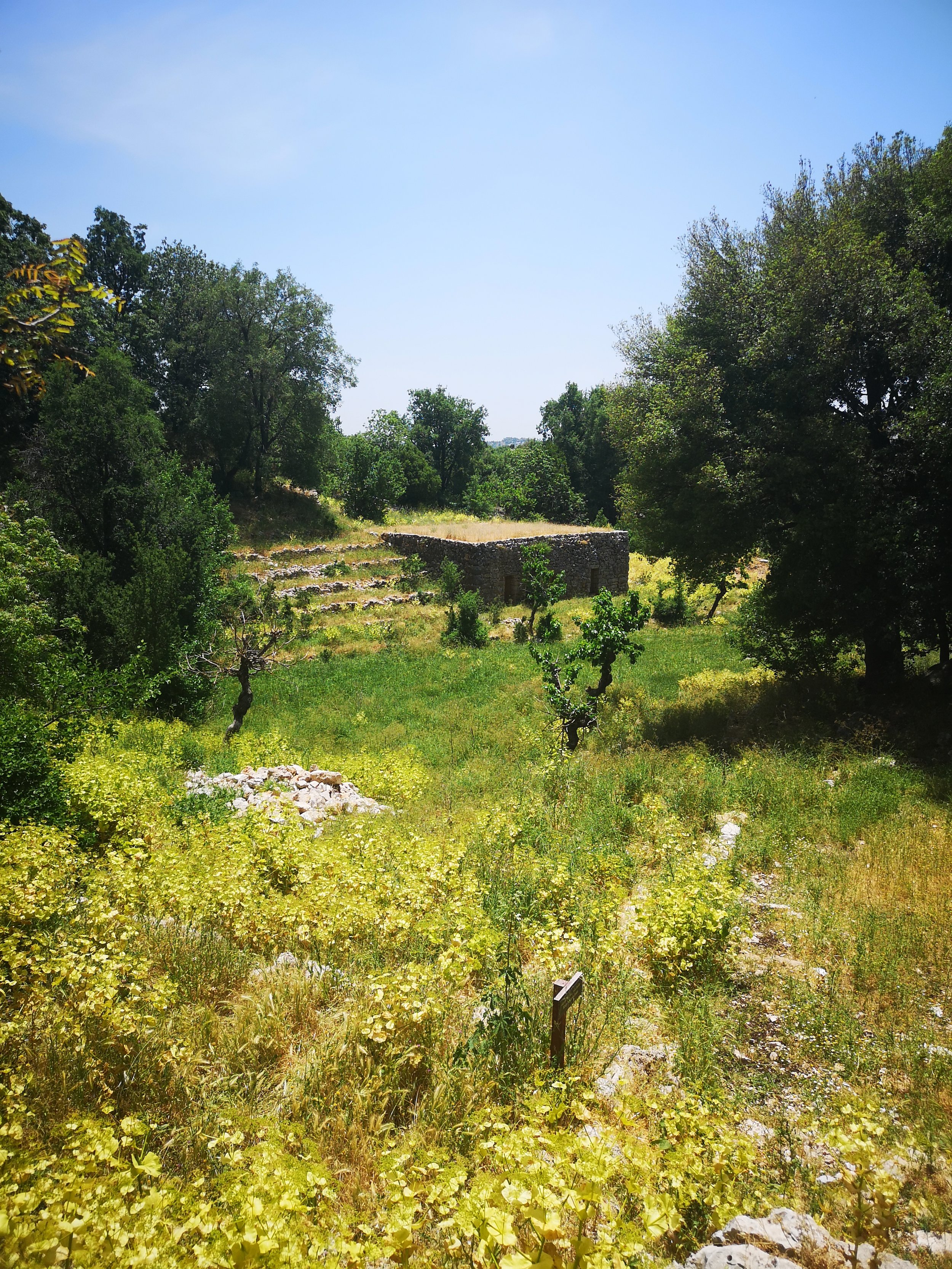Over the years I was the subject of a few business cases, and also found it useful to build up an own stock of such cases for my teaching in postgraduate business programmes and Executive Education. The case method goes back to the law school of Harvard University where it was introduced in the 1870s. The approach to derive common principles from cases in a system where case law in place, appears reasonable. In 1920 the Harvard Business School introduced cases as a method to train management students. Normally, to “crack it” the students have to put themselves into the shoes of a business leader and derive a suggestion for action, using the information given in the text and also applying a framework or “theory”.
Especially, in cases where I was the subject myself, like in “Shanghai Volkswagen: Time for a radical shift or gears” (2005) it strikes me how oversimplified the students propose their suggestions. Sometimes, when I google on the web, I find sample solutions and interpretations which really make me laugh. For example one was praising my strategic foresight of a decisions, while in reality it was 3 in the morning in a meeting room and I wanted to get my team to get some sleep before the board meeting on the same day.
Also, the in cases, which I published myself with colleague I can well imagine what really went on in the manager’s mind and this had far more dimensions than we can state in this format. And I can imagine, most other case have the same issue, specially those written by pure academics who never actually decided anything of substance. There is normally more than one solution, the situation is more complex than stated in the case and the information is given, is not sufficient to come up with a real proposal which would work outside the textbook.
There was some critique to the case method, that there should be more of a philosophical undercurrent included in decision making, for example by Donham and Whitehead in Business Adrift. Also, in 2016 a paper by Todd Bridgman, Stephen Cummings, and Colm McLaughlin is "Restating the Case: How Revisiting the Development of the Case Method Can Help Us Think Differently About the Future of the Business School". And of course Minzberg commented critical and others. Still the Harvard style machine kept running.
I use cases only for introductory purposes and to have some “lab environment” of an isolated problem. That’s useful, but not sufficient. After that, I immediately switch to real-life examples, where finding and analyzing information available and useful is part of the assignment. I was never a big supporter of frameworks anyway and I honestly have never seen any complex problem, which can be solved by for example by a blabla-Matrix. It may help to structure initial thoughts or communicate with people who have been trained in the same jargon. But it’s unlikely to deliver an intelligent and holistic solution.
I find business problems extremely interesting to solve. But cocking by the book does not appear to me being the golden bullet, specially when you look at the books the management profession has. I fully agree that learning by doing and dealing with real-life problems is a good element in business education. But is that really what we are doing with these cases? It looks pretty 1920s type of analysis to me. And “doing”? What do you mean? A presentation is not the kind of “doing” I normally experience.
Anyway, now I have to think about a teaching note for a new case which will be published soon. They always come as a package. I am always a bit puzzled when Professors need teaching notes. But they come as a package. It’s a bit like you need a recipe to make a pizza. Hope they grow quickly into cooking gourmet meals. Don’t slide into hot dog. Enjoy.






